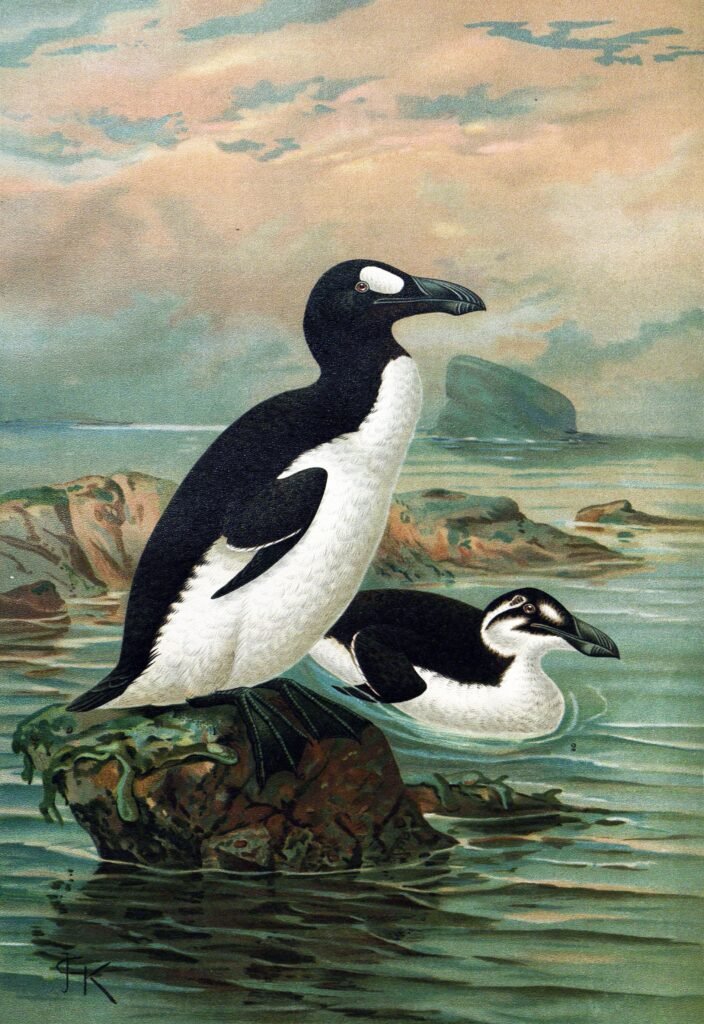The tale of the Great Auk is both a haunting reminder and a compelling narrative of how human exploitation can lead to the demise of a species. Once thriving across the North Atlantic, this flightless bird became an emblem of human-induced extinction. The Great Auk, with its striking black and white plumage and comically large beak, captured the imagination of seafarers and scientists alike. However, the very traits that made it unique also made it a target. As we delve into the story of the Great Auk, we uncover a narrative of exploitation, adaptation, and loss that serves as a poignant lesson for conservation efforts today.
The Majestic Presence of the Great Auk

The Great Auk was a magnificent seabird, approximately 30 inches tall, with a sleek, black body and contrasting white underbelly. Its wings, though short and stubby, were perfectly adapted for swimming, allowing it to dive deep into the ocean in pursuit of fish. This bird was a master of the seas but not of the skies, as it was flightless. The Great Auk’s distinctive appearance made it a standout among avian species, capturing the attention of sailors and explorers during their voyages. Its presence was once so prevalent that it became a common sight in the coastal waters of the North Atlantic, from Canada to Northern Europe.
The Role of the Great Auk in Ecosystems
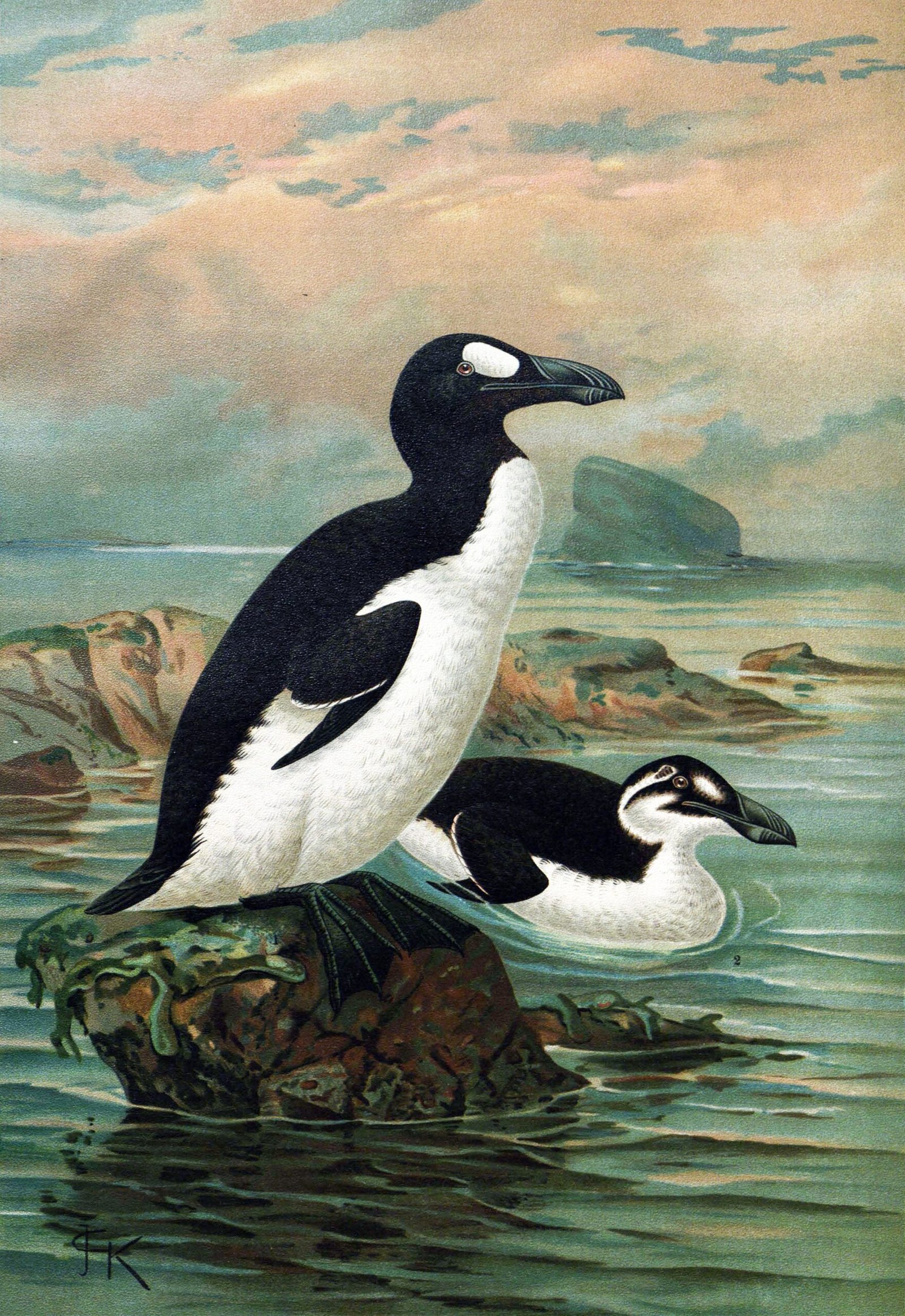
The Great Auk played a critical role in its ecosystem, primarily as a predator of fish and other marine life. Its diet consisted mainly of fish such as capelin and shiners, which it hunted with remarkable agility underwater. By keeping fish populations in check, the Great Auk helped maintain a balanced marine environment. Its nesting habits also contributed to the nutrient cycle of the coastal ecosystems. The birds’ guano enriched the soil on the islands they inhabited, supporting plant growth and providing sustenance for other terrestrial wildlife. Thus, the disappearance of the Great Auk disrupted these delicate ecological balances.
Human Curiosity and Exploitation
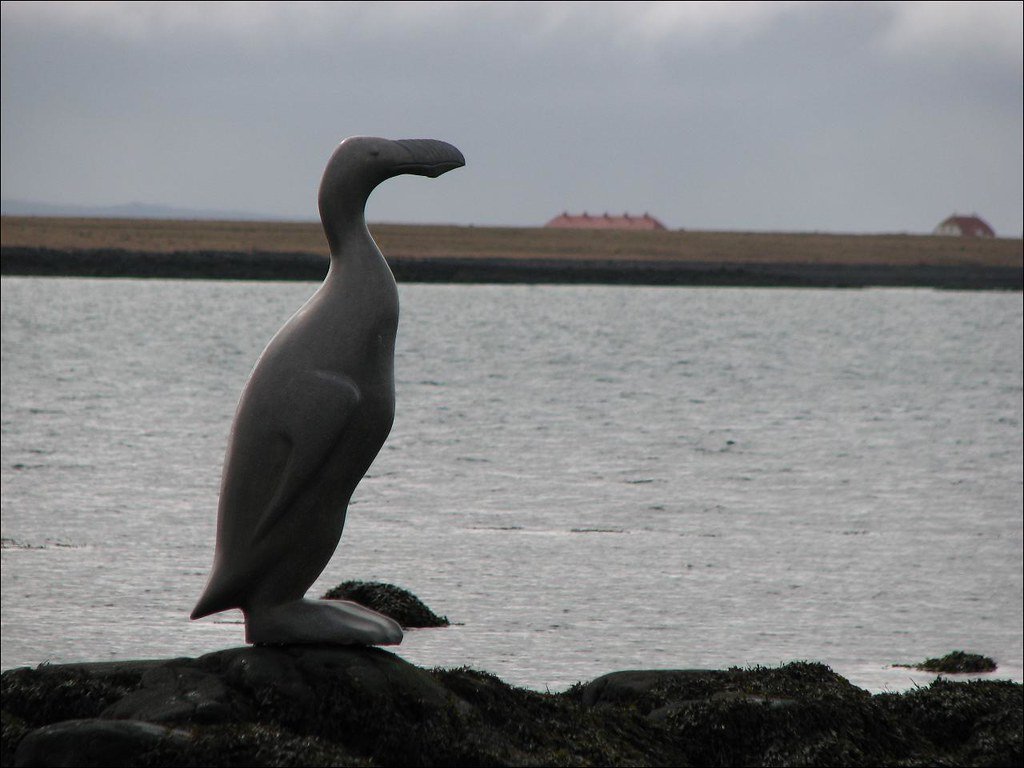
Human fascination with the Great Auk was both a blessing and a curse. Early explorers were captivated by the bird’s unique features, which led to its depiction in numerous travel logs and illustrations. However, this curiosity soon turned into exploitation. The Great Auk’s feathers were highly sought after for their warmth and waterproof qualities, making them a popular material for clothes and bedding. Furthermore, its meat and eggs became a food source for sailors and settlers, leading to over-harvesting. The bird’s inability to fly made it an easy target for hunters, accelerating its decline.
The Impact of the Egg Trade
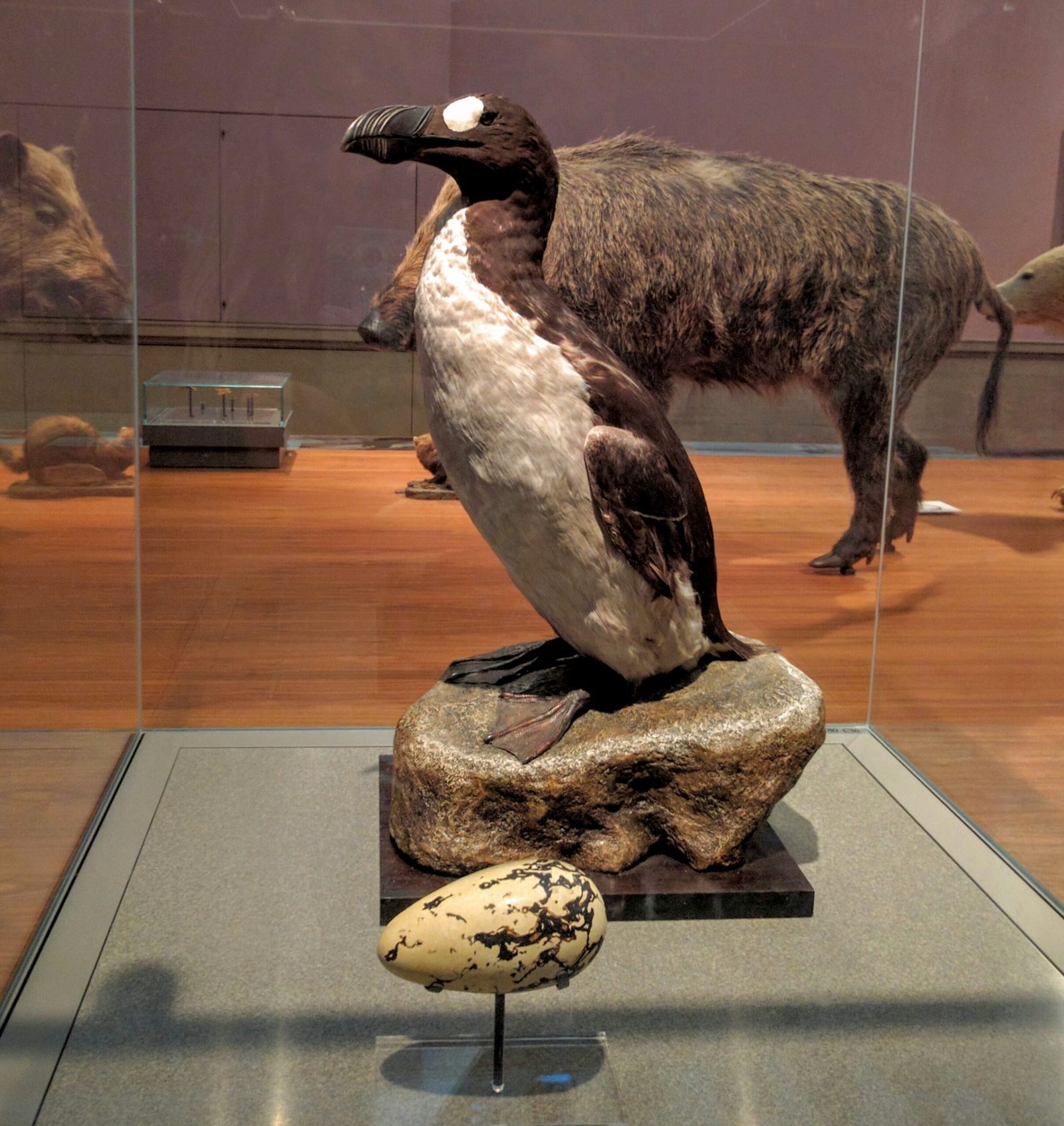
One of the most detrimental factors contributing to the Great Auk’s extinction was the trade in its eggs. Collectors prized these eggs for their size and rarity, often paying exorbitant prices to add them to their collections. This demand led to rampant egg harvesting, which decimated the bird’s breeding population. The loss of eggs meant that fewer chicks were hatched, severely impacting the Great Auk’s ability to sustain its numbers. The egg trade not only depleted the existing population but also prevented the species from recovering, sealing its fate.
Conservation Efforts: Too Little, Too Late

As the Great Auk’s numbers dwindled, some conservation efforts emerged, albeit belatedly. Attempts were made to protect the remaining birds and their habitats, but these measures proved insufficient. By the time awareness of the bird’s precarious situation gained traction, the Great Auk was already on the brink of extinction. The lack of effective conservation strategies and international cooperation further hindered efforts to save the species. The lesson learned from this failure underscores the importance of timely intervention and global collaboration in wildlife conservation.
The Last Stand on Eldey Island
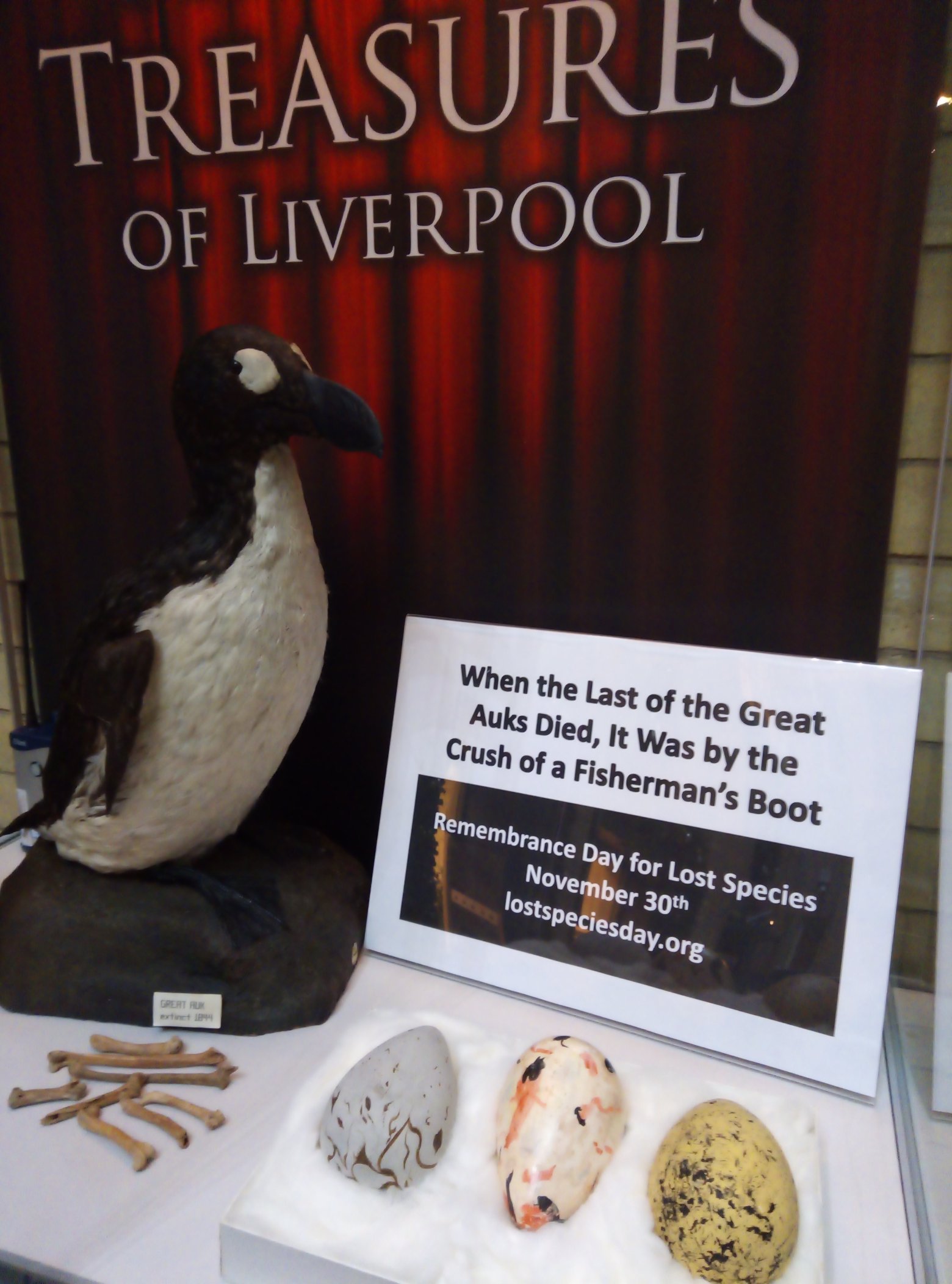
The final chapter of the Great Auk’s story unfolded on Eldey Island, off the coast of Iceland. In 1844, the last known pair of Great Auks was captured and killed on this remote islet. The event marked the end of an era, as the species was declared extinct shortly thereafter. This tragic incident serves as a stark reminder of the consequences of unchecked exploitation and the fragility of life. The loss of the Great Auk was a wake-up call for conservationists, sparking a movement to protect other endangered species from a similar fate.
Lamenting the Loss of an Iconic Bird
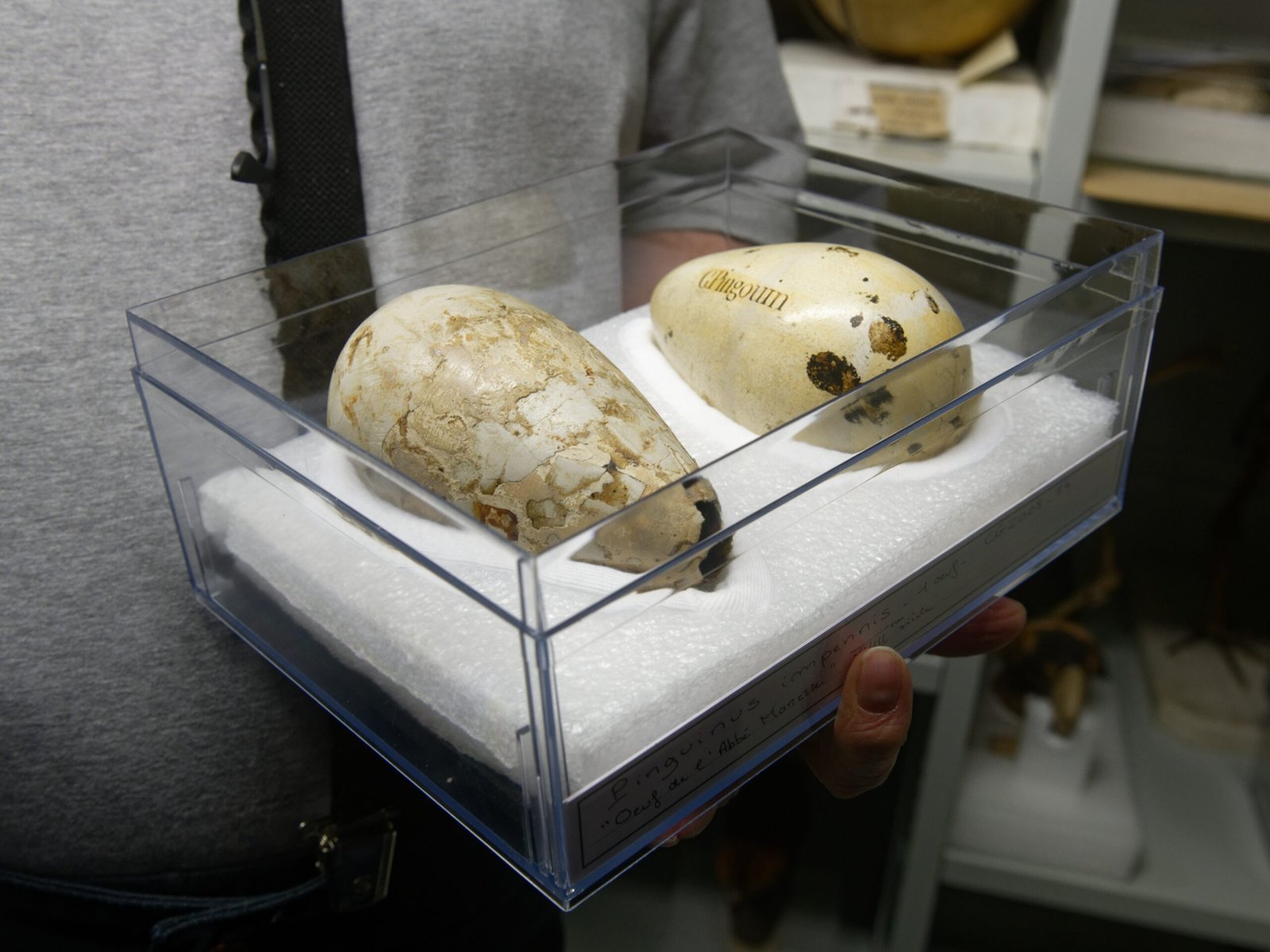
The extinction of the Great Auk is mourned not only by bird enthusiasts but also by those who recognize the broader implications of losing such a unique species. The bird’s demise symbolizes the irreversible impact of human activities on biodiversity. It also highlights the moral responsibility we bear in safeguarding the natural world. The Great Auk’s absence is felt in the ecosystems it once inhabited, leaving a void that cannot be filled. Its story is a testament to the enduring need for vigilance in our interactions with the environment.
Lessons for Modern Conservation
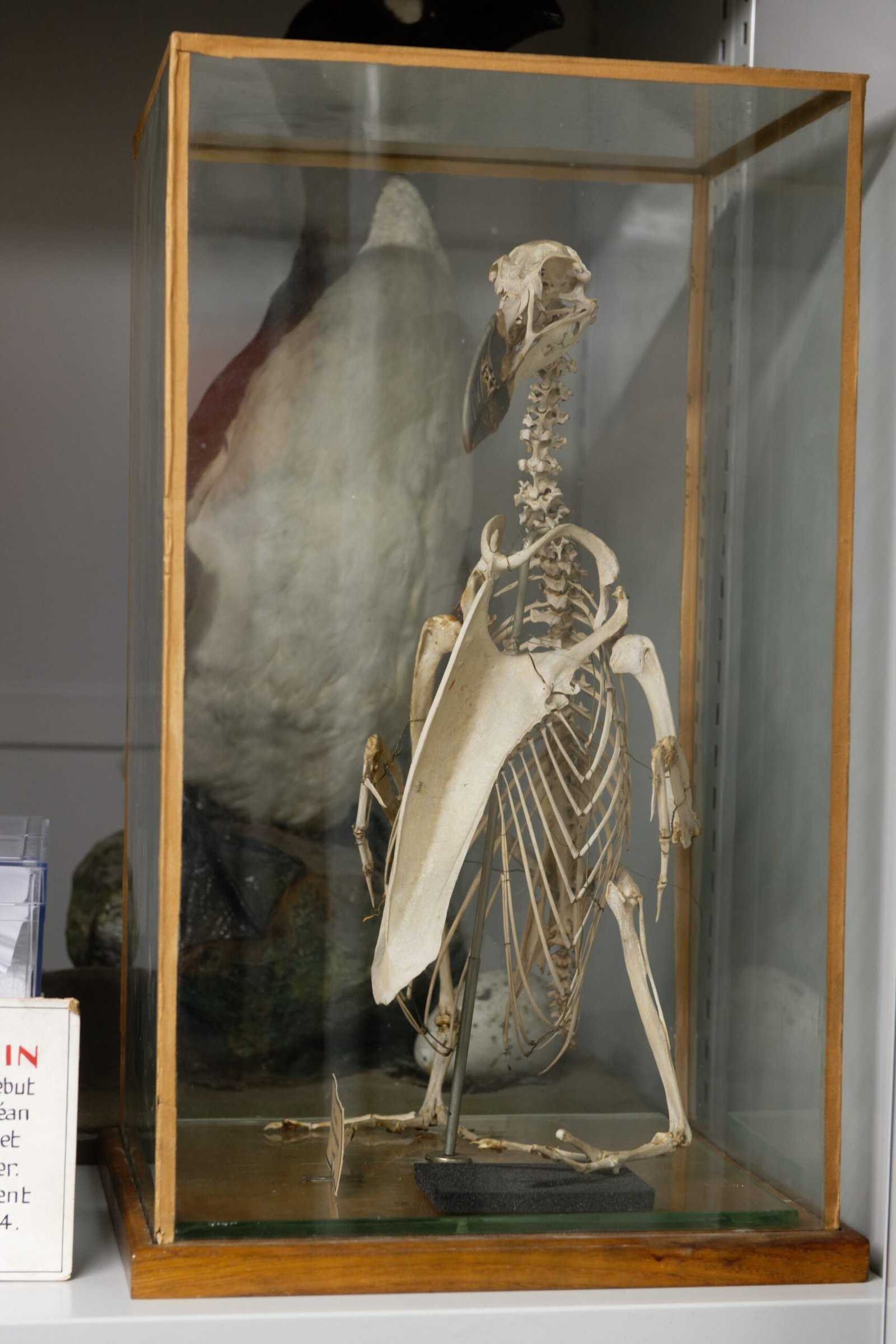
The story of the Great Auk offers valuable lessons for modern conservation efforts. It underscores the importance of early intervention and proactive measures to protect endangered species. The Great Auk’s extinction highlights the need for comprehensive strategies that address not only direct threats like hunting but also indirect factors such as habitat loss and climate change. By learning from past mistakes, we can implement more effective conservation policies and ensure that other species do not suffer the same fate. The tale of the Great Auk serves as a powerful reminder of the urgency and importance of preserving our planet’s biodiversity.
Remembering the Great Auk in Art and Culture
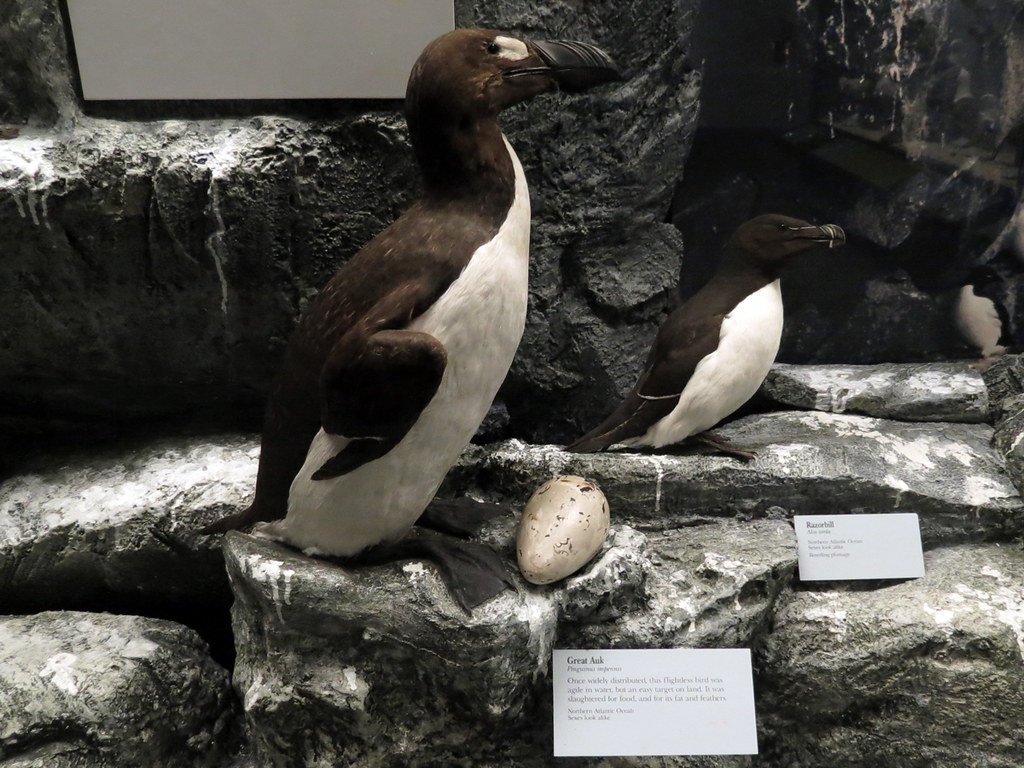
Despite its extinction, the Great Auk continues to live on in art and culture. Its image has been immortalized in paintings, sculptures, and literature, serving as a poignant reminder of what has been lost. Artists and writers have drawn inspiration from the bird’s story, using it as a symbol of the delicate balance between humanity and nature. The Great Auk’s legacy endures in the creative expressions that honor its memory and reflect on the lessons it imparts. Through these works, the bird remains a part of our collective consciousness, urging us to cherish and protect the natural world.
A Call to Action for Biodiversity
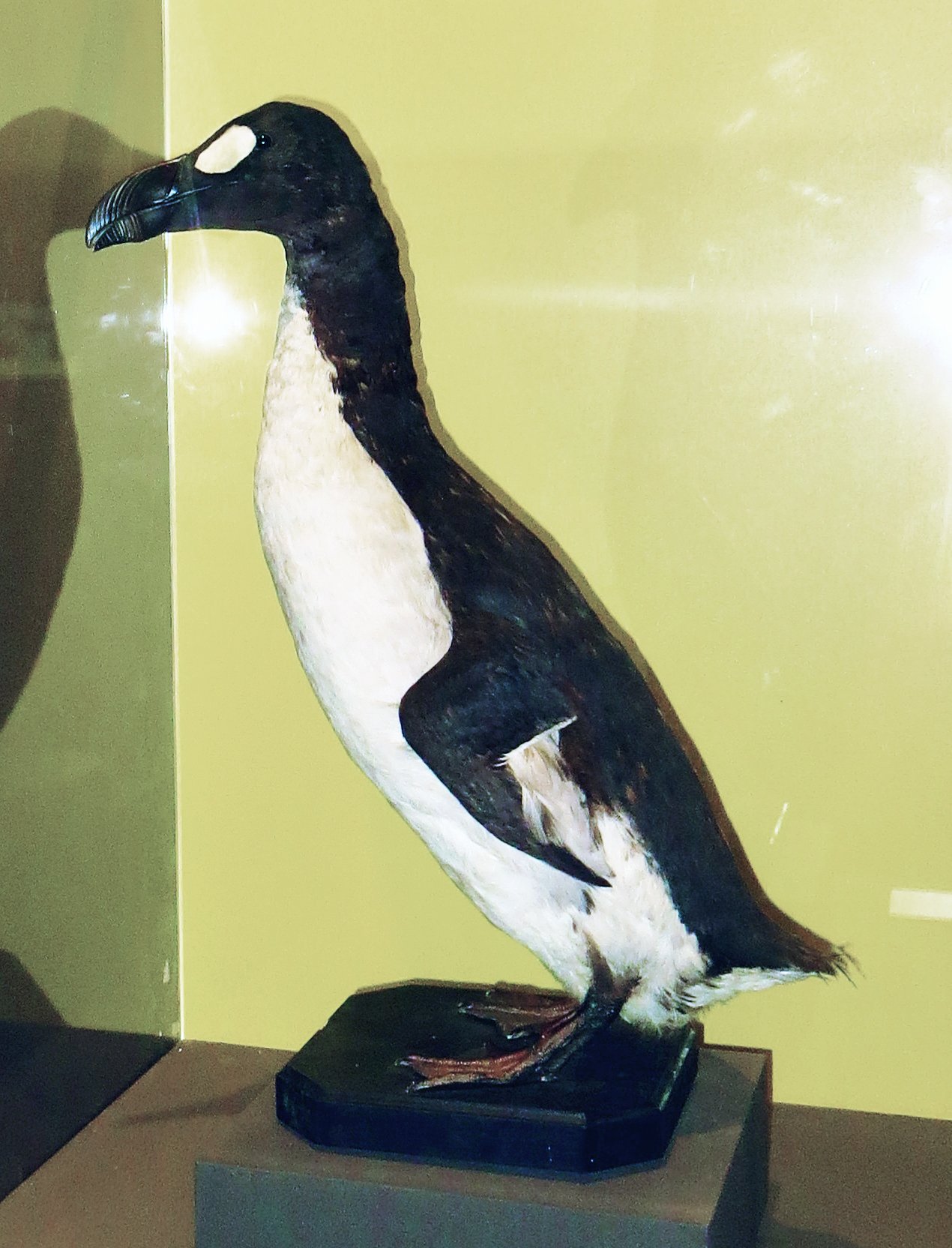
The extinction of the Great Auk is a call to action for all who cherish biodiversity. It challenges us to reflect on our relationship with the natural world and to take responsibility for its preservation. As stewards of the planet, we must prioritize the protection of endangered species and their habitats. By fostering a deeper understanding of the interconnectedness of life, we can promote a more sustainable future. The Great Auk’s story is not just a cautionary tale; it is an invitation to engage in meaningful conservation efforts that honor the rich tapestry of life on Earth.

